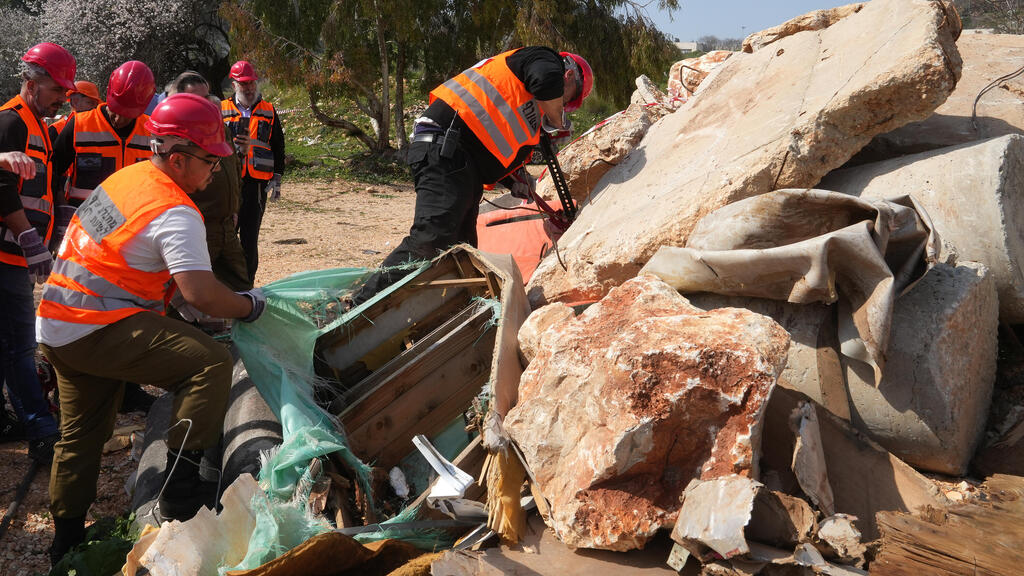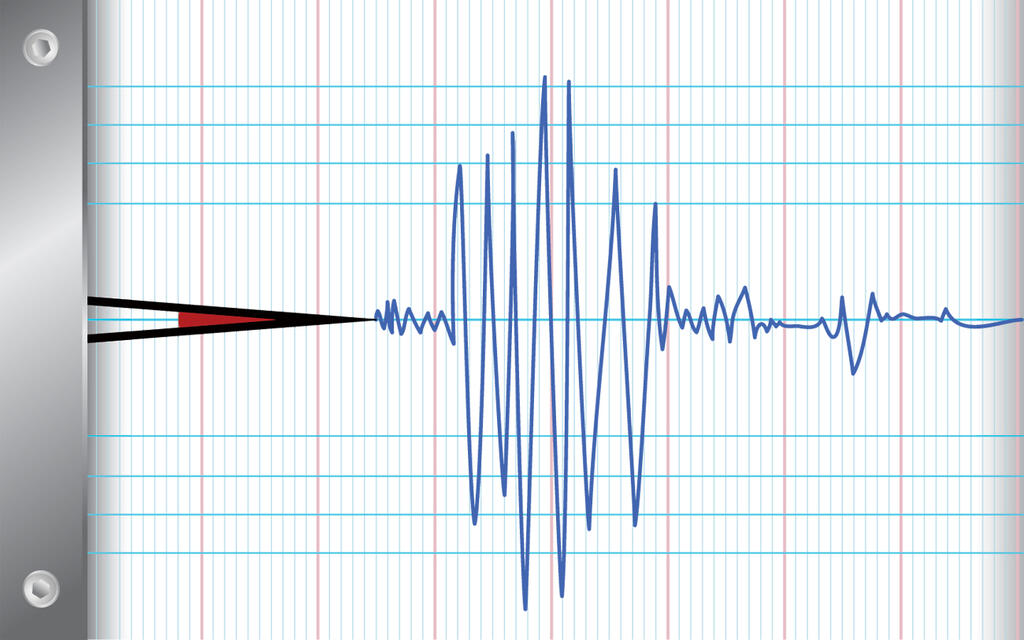Israel could be hit by a massive earthquake at any moment that would see thousands of buildings crumble unless it invests billions of dollars in reinforcing old structures around the country, geology experts have said.
According to Dr. Ittai Kurzon, a seismologist at the Geological Survey of Israel, the government must invest $10 billion to reinforce buildings and infrastructure built before 1980.
They must dig “deep into their pockets and make a plan with $10 billion – not million, billion – that will strengthen construction, hospitals, schools and all those very old buildings where many people live,” Kurzon said. “That’s one thing that the government should do.”
Israel lies on the Syrian-African Rift, with the Dead Sea Fault being its primary source of seismic activity.
Although it is currently impossible to predict exactly when or where the next major earthquake will hit, historically the country has had such an event occur once every century on average.
The last big earthquake took place in 1927, killing nearly 300 people and causing extensive damage in Jerusalem, Jericho and other cities.
“It will happen somewhere between Eilat and Metula on the Dead Sea Fault or on the Carmel Fault,” Kurzon warned. “It will happen and we have to prepare for that moment.”
The $10 billion building plan, Kurzon said, could be spread out over several years in order to lessen the economic burden. It represents a much smaller sum than what Israel would have to spend in the aftermath of a major quake if it does nothing to prepare.
Reconstruction costs in Turkey, for example, are expected to reach upwards of $34 billion in direct physical damage, according World Bank estimates. A report published by the Turkish Enterprise and Business Confederation put that figure significantly higher, at $84 billion.
In Israel, the director of the Earthquake Preparedness Committee, Amir Yahav, recently warned a parliamentary committee that the damage of an earthquake would cost the country $41 billion and that prevention would be a significantly cheaper alternative.
For its part, the Education Ministry said that some 1,600 schools are at risk of collapse in a major quake and only 87 have been reinforced.
Meanwhile, Haim Bibbs, chairman of the Local Government Center, told lawmakers earlier this month that roughly 800,000 housing units are in danger and require urgent budgeting from the state to prevent them from collapsing in the event of an earthquake.
Kurzon said that not much had been done so far to prepare for the big one.
“Earthquakes don’t kill, buildings do,” he said. “I really hope not to see the same images [in Israel that we saw in Turkey], but still, when I look at the situation, I say that there will be a magnitude 6 or 6.5 event here and that will be enough to cause very big damage in Israel in lives and construction,” Kurzon affirmed. “It’s going to be a big mess.”
Currently, Israel’s first line of defense is an early earthquake warning system called TRUAA.
Launched in 2017, they system relies on a network of 120 sensors across the country to monitor the ground in real time and detect even the smallest of tremors.
“This system works similarly to the Iron Dome Missile Defense System,” Dr. Hila Navon, a seismologist at the Geological Survey of Israel, said.
“As soon as an earthquake starts, within three seconds we can send out an alert on its location and magnitude. This gives people some time [to prepare] before the more destructive seismic waves emerge, which are most likely to cause damage. The amount of time that people have depends on the location of the quake and its magnitude.”
While TRUAA can get information out to the public quickly, it cannot predict where, when or how strong an earthquake will be.
“In order to predict an earthquake, we need three key pieces of data: We need to know where it will happen, when it will happen, and what magnitude it will have,” Navon specified. “In Israel and the world, we still don’t have the capability to predict these three things.
The story is written by Maya Margit and reprinted with permission from The Media Line





